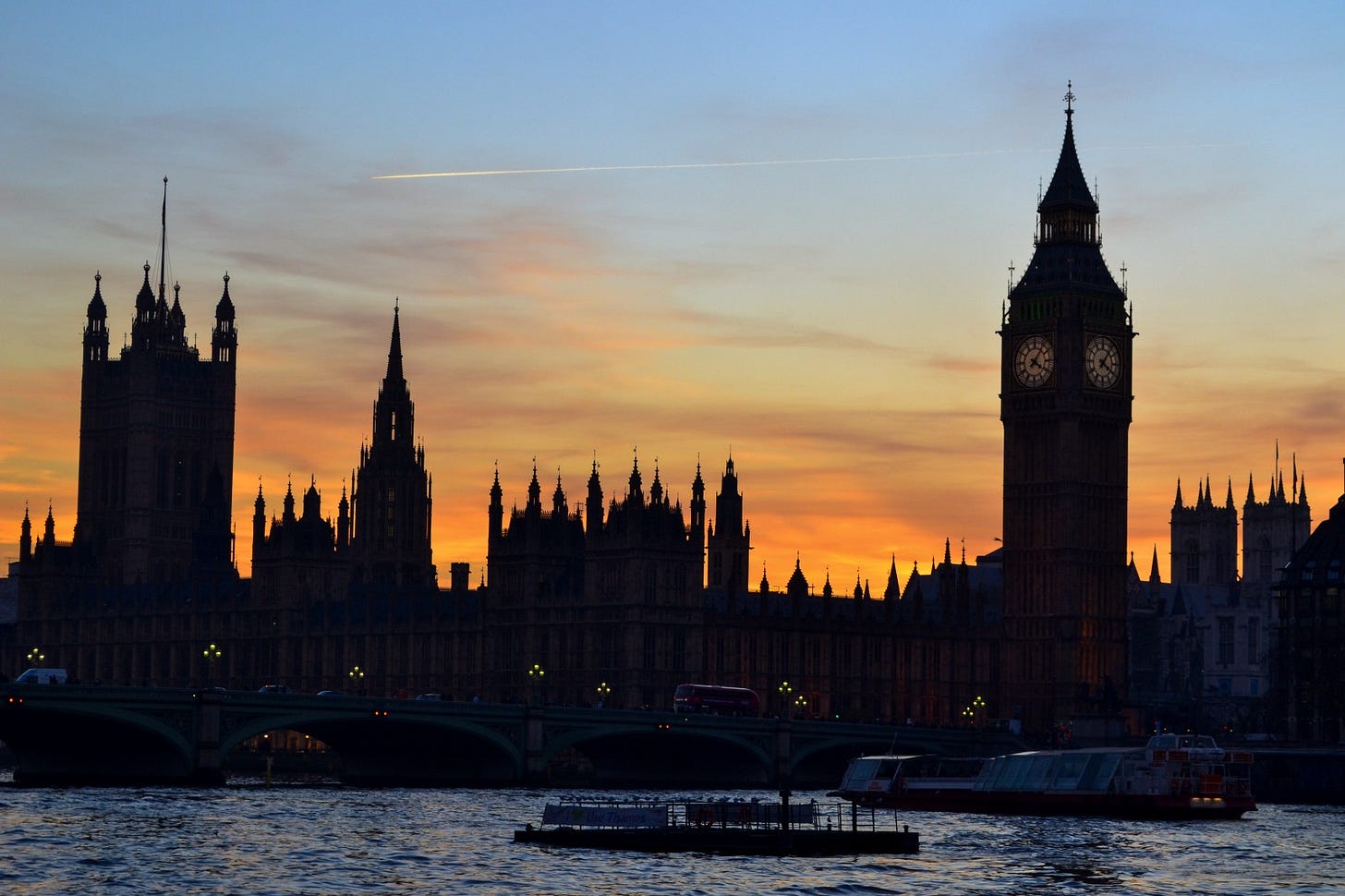
Whilst Americans are getting over the hangover from Halloween, the UK is preparing to celebrate another occasion, Bonfire Night or Guy Fawkes Night. Celebrat…

Whilst Americans are getting over the hangover from Halloween, the UK is preparing to celebrate another occasion, Bonfire Night or Guy Fawkes Night. Celebrat…